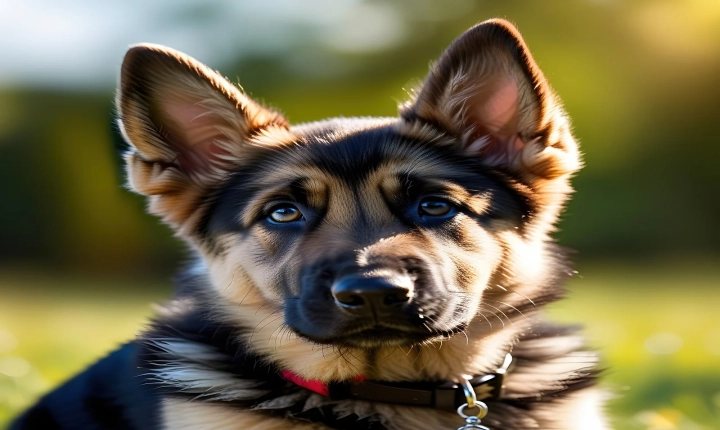Title: Creating Artwork with AI: A Step-by-Step Guide
Introduction
Artificial intelligence (AI) has revolutionized the world of art, providing artists with new tools and techniques to express their creativity in unprecedented ways. Using AI to create artwork opens up a world of possibilities, allowing artists to explore new styles, experiment with cutting-edge technology, and push the boundaries of their artistic endeavors. In this article, we will explore the process of creating artwork with AI, from choosing the right tools and software to unleashing the full potential of AI in the creative process.
Step 1: Choosing the Right AI Tools and Software
The first step in creating artwork with AI is to choose the right tools and software. There are various AI-powered platforms and applications designed specifically for artistic purposes, offering a range of features such as image generation, style transfer, and artistic composition. Some popular AI art platforms include DeepArt, RunwayML, and Artbreeder, each offering unique capabilities for artists to explore.
Step 2: Understanding AI Art Techniques
Before diving into the creative process, it’s essential to understand the different AI art techniques available. Neural style transfer, for example, allows artists to apply the style of one image to another, creating unique and visually striking compositions. Generative adversarial networks (GANs) enable the generation of new images based on existing patterns and styles, allowing artists to explore the realms of surrealism and abstract art. By understanding these techniques, artists can harness the full power of AI to create captivating and innovative artwork.
Step 3: Experimenting and Iterating
Once the tools and techniques are understood, it’s time to start experimenting and iterating with AI art. Artists can begin by uploading their own images to AI platforms and applying various styles and filters to discover new visual aesthetics. Through iteration and experimentation, artists can refine their artistic vision, uncovering hidden patterns and possibilities they may not have imagined otherwise.
Step 4: Integrating AI with Traditional Artistic Practices
While AI can be a powerful tool for creating artwork, it is important to remember that traditional artistic practices and skills are equally valuable. Artists can integrate AI into their creative process by using it as a source of inspiration, a tool for generating initial concepts, or a means of expanding their artistic repertoire. By blending AI with traditional practices, artists can create truly unique and compelling artwork that reflects the seamless fusion of human creativity and technological innovation.
Step 5: Sharing and Collaborating
Finally, creating artwork with AI opens up new opportunities for sharing and collaborating with other artists and enthusiasts. Through online communities, social media platforms, and collaborative projects, artists can showcase their AI-generated artwork, receive feedback, and connect with like-minded individuals who share a passion for merging art and technology. Collaboration can also lead to new discoveries and breakthroughs, as artists inspire and challenge each other to explore the endless possibilities of AI art.
Conclusion
Creating artwork with AI is a dynamic and exciting process that empowers artists to explore uncharted territories of creativity. By choosing the right tools, understanding AI art techniques, experimenting and iterating, integrating AI with traditional practices, and sharing and collaborating with others, artists can unlock the full potential of AI as a medium for artistic expression. As AI continues to evolve, the future of art holds endless possibilities, and artists have the opportunity to pioneer new frontiers in the intersection of technology and creativity.
